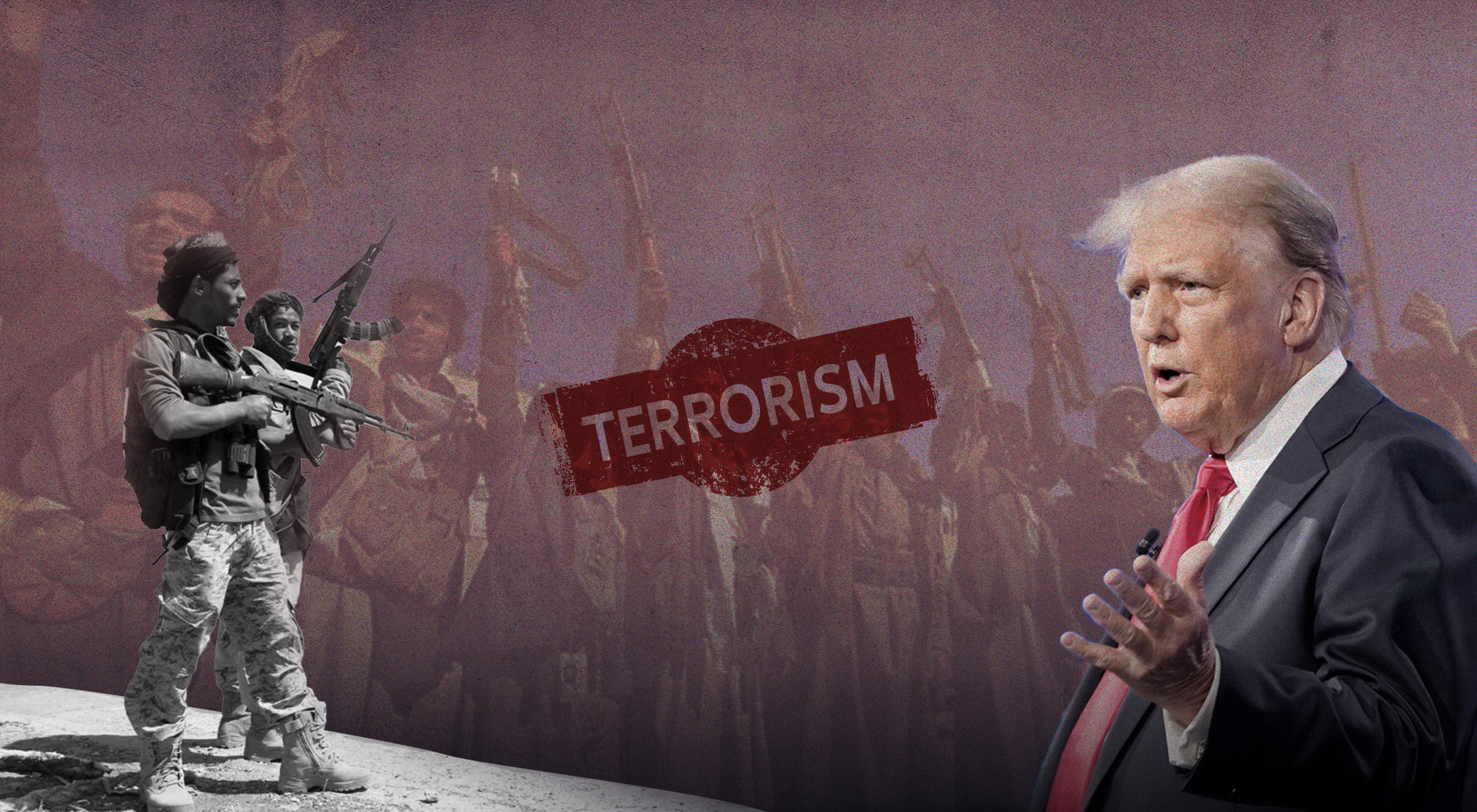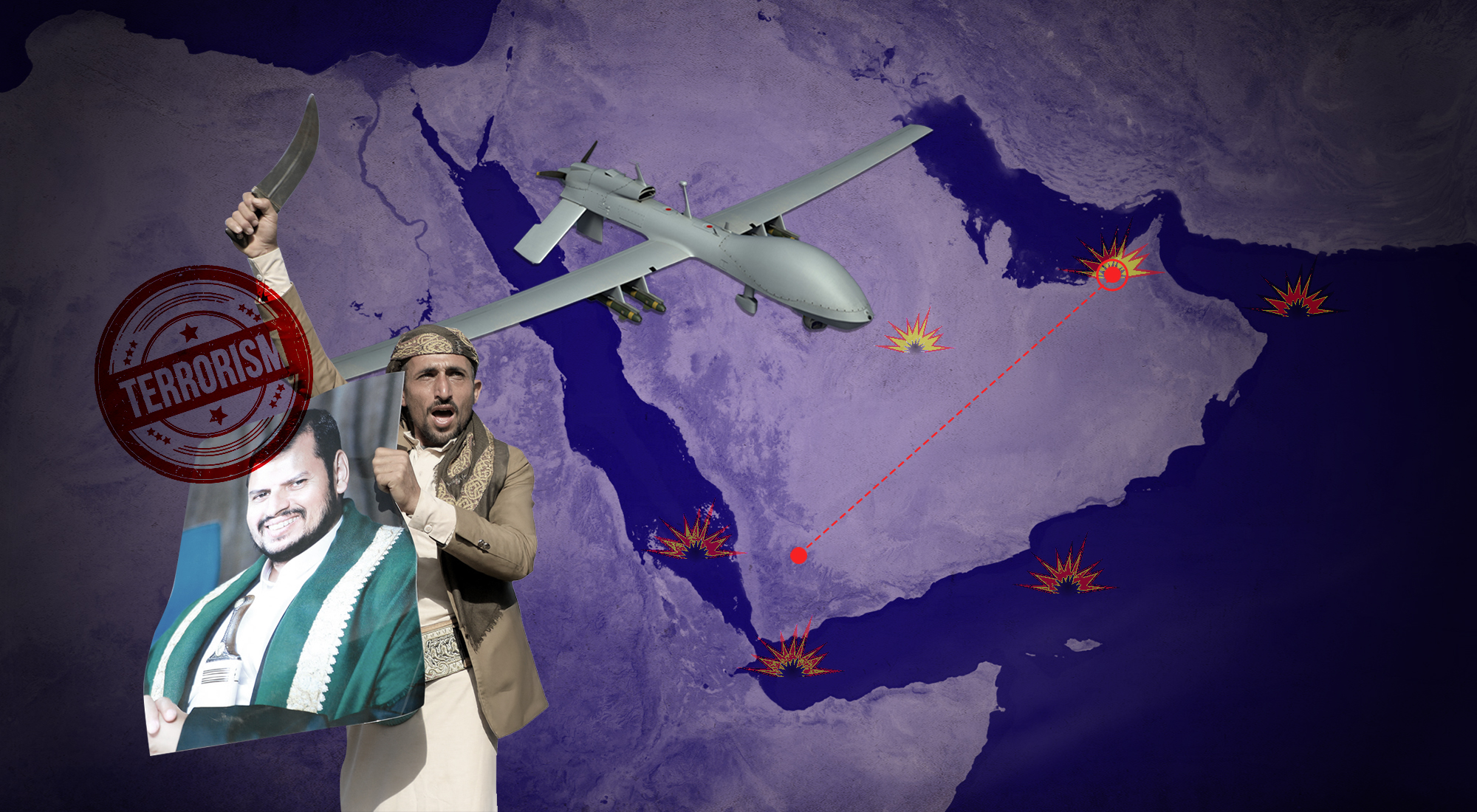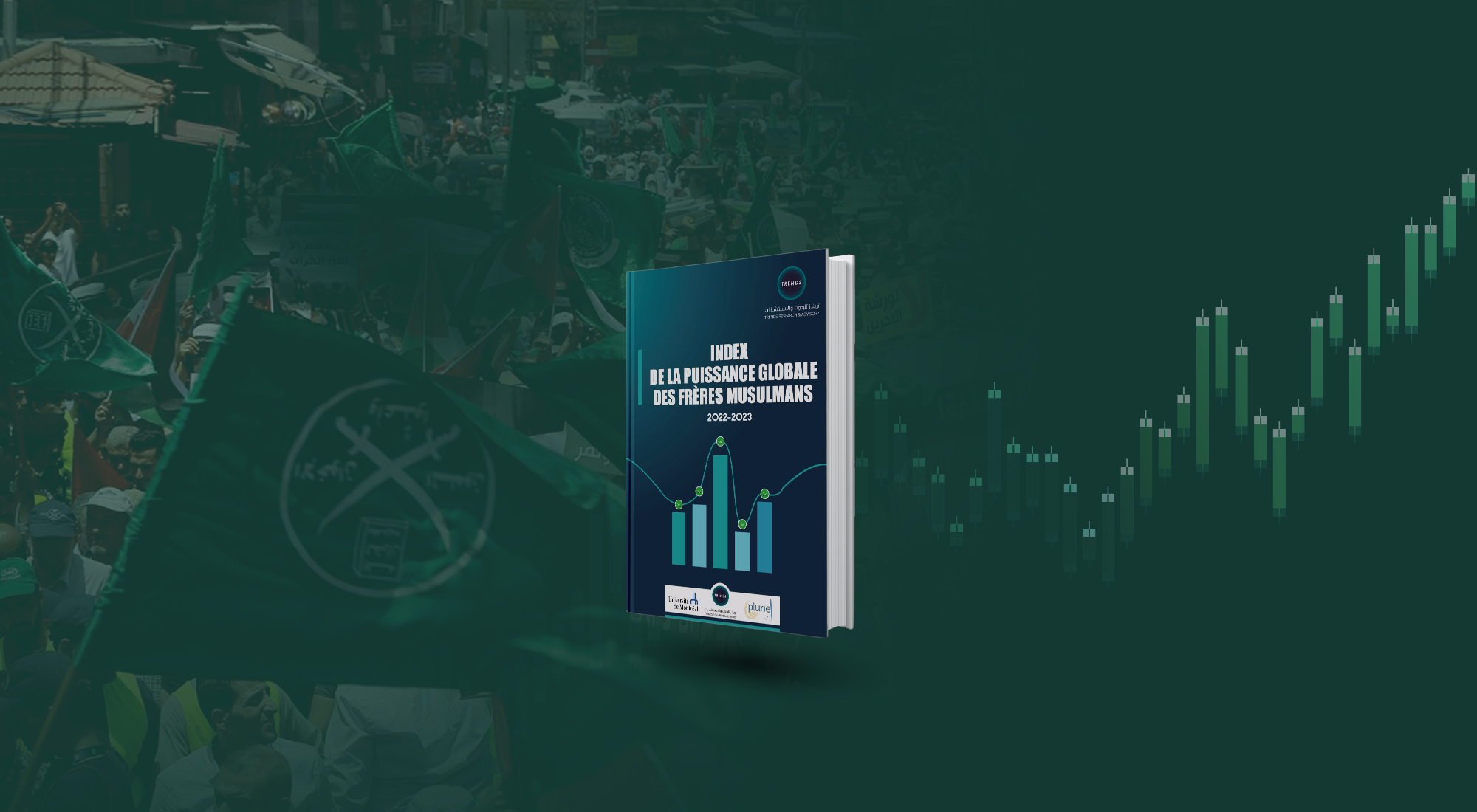Book shares an insight hardly witnessed in the Arab world despite a large number of scholarly writings on the subject
Through its series of publications on political Islamist movements, the TRENDS Research & Advisory seeks to unveil the various facts related to the establishment of the Muslim Brotherhood. In the process, it shares an insight hardly witnessed in the Arab world despite a large number of scholarly writings on the subject.
Drawing on a wealth of data and analyses, TRENDS recently published a study – The Organizational Structure of the Muslim Brotherhood: Characteristics, Goals, and Future. The study highlights the significance of the group’s organizational structure, which it considers critical when it comes to translating its ideas and principles into ground reality. The structure also helped Brotherhood implement its political design and eventually delivered power to its doorsteps.
An in-depth and objective view:
This study – the second published by TRENDS on the subject – presents an objective, in-depth analytical view of the truth that is free from subjective biased view. It sheds light on the various dimensions of political Islamist movements and their domestic, regional, and international contexts. It analyzes the intellectual and ideological framework of these movements and their organizational and operational side, in addition to foreseeing their prospects in light of the developments that have been taking place in the region since the so-called Arab Spring. The study contributes to a better understanding of these movements in all its dimensions and helps in developing a clear strategic plan to counter their designs going forward.
Foreseeing the future through knowledge:
Since the so-called Arab Spring, the issue of foreseeing the future of the Muslim Brotherhood has been the centerpiece of studies and books that have analyzed the group’s long-term plans. However, only a few have dealt with its organizational and administrative structure, despite the existence of a plethora of writings about political Islamist movements. The new TRENDS study gains greater significance because it focuses on the group’s organizational and administrative structures, which have been the cornerstones of its project.
Seven chapters
The 231 pages of the book’s seven chapters rely on a wide range of Arabic and English sources and references, including documents, books, periodicals, newspapers, magazines, websites, and interviews.
The first chapter, “Methodology and Theoretical Framework”, deals with the scientific methods used in preparing the study, such as analytical/interpretive method, descriptive method, historical method, and the most recognized approaches that enable an in-depth and precise analysis of the phenomenon of political Islamist movements. The chapter provides a thorough overview of the group’s organizational and administrative structure and its development while taking into account the social, economic, and political context in which the group has emerged and how that has been reflected in its administrative units.
The second chapter, titled “The Organizational Structure of the Muslim Brotherhood: General Characteristics”, delineates the difference between leaders and followers. To explain the intent of the group, its social arms must have a degree of an organizational framework to convince people to participate or support them and follow various methods to achieve their goals. The chapter also deals with the general characteristics of the group’s structure, whether about the centralization of the decision-making process or the prevalence of militaristic tendencies, the dominance of ideology, and the absence of democracy.
The chapter reveals the effects of the group’s organizational structure on the continuation of its activities despite the ban and prosecutions it has been subjected to, and how its leadership structure has managed to keep control over the group’s affairs and directions and preserve the central concept of its organizational structure, which is based on blind obedience. Furthermore, the study explains the tasks and responsibilities of the group’s executive and administrative offices, how the group selects individuals and recruits them into its ranks, and the requirements of membership that every potential recruit should meet.
In the third chapter, “The Development of the Muslim Brotherhood’s Organizational Structure”, the study documents the most important stages of the development of the group’s organizational and administrative structure from the time of its establishment in 1928 until after the 30th of June 2013 revolution. The chapter explains the characteristics of each stage and how they epitomize the nature of the relationship between the group and the successive Egyptian governments. It analyzes the role of the Supreme Guide of the Muslim Brotherhood and the organizational bodies directly linked to him, and how the personality traits of each Supreme Guide have contributed to the development of the group’s organizational and administrative structure. The chapter also sheds light on the adaptability of the group’s organizational structure to the variety of challenges it has faced over the decades and how the schism that rocked its organizational structure following the 30th of June 2013 revolution will affect the future of the group and its political scheme.
The fourth chapter deals with the role of the Supreme Guide of the Muslim Brotherhood and the organizational bodies associated with him. These are the Guidance Bureau, the Shoura Council, the special (secret) apparatus, and the Muslim sisters’ organization. The chapter explains the dominant role of the Supreme Guide and the bodies associated with him in the administrative organization and the life of the group in general. This dominance is derived from the broad powers accorded to him by the group’s regulations and laws.
So, in addition to being the highest authority, he represents the group’s ideas and ideology to the general public. He monopolizes both the legislative and executive powers as the group’s charter authorizes him to be the head of the Guidance Bureau and the Shoura Council. Besides, the Supreme Guide of Egypt’s Muslim Brotherhood undertakes the leadership of the International Organization of the Muslim Brotherhood.
The fifth chapter examines the organizational hierarchy including the group’s administrative offices and their different divisions, starting from the district down to the chapter and then the family, and how the chain of communication leads to the leadership.
The chapter explains the various central committees and divisions that organize mobilization, recruitment, and support processes and supervise the group’s multifaceted activity. It analyzes the dynamic nature and the organizational characteristics of the group and the goals it strives to achieve through organizational settings. The chapter also demonstrates the relationship between the structural makeup of the Muslim Brotherhood and its goals and courses of action.
The study asserts that the Muslim Brotherhood has relied on its organizational units to firm up its presence in society by giving special priority to social issues. The idea has been to build a community support base that it could use to push its political project forward. This happened during the legislative and presidential elections in Egypt after the events of the 25th of January 2011.
The sixth chapter, titled “Hypothesis Testing of Weaknesses and Strengths of Organizational Structure According to Theoretical and Methodological Approaches”, offers a comprehensive view of the group covering sociological, behavioral, bureaucratic, leadership, and social dimensions. These dimensions are often raised by researchers while assessing the strength of the Muslim Brotherhood, particularly its organizational and administrative structure which has ensured its cohesiveness and continuity throughout the past decades. It has also bolstered the organization’s adaptability to domestic and external developments.
Entitled “Organizational Structure of the Muslim Brotherhood between Continuity and Change”, the seventh chapter analyzes the strengths and weaknesses and other critical criteria in terms of cohesiveness, continuity, and adaptability. Based on this analysis, it foresees the possibilities of change in the group’s organizational structure. This chapter also analyzes the strengths and weaknesses of the group’s organizational structure based on its experience of dealing with crises and challenges faced after the 30th of June 2013 revolution.
Organizational structure as a façade:
As per some of the findings of the study, although the Brotherhood’s organizational and administrative structures seem to be institutional, the administration of its affairs tends to be highly centralized in the hands of an individual. This means that the group’s Shoura Council is nothing more than camouflage or a façade to present a certain image of the group in the West and give the impression that it embraces and adheres to the modern democratic principles.
The study, however, confirms that its organizational and administrative structures reflect its lack of belief in democratic principles, especially under the dominance of the Supreme Guide and the Guidance Bureau over decisions due to the culture of obeying among the members of the group. They obey the Supreme Guide blindly and never question his decisions. This also applies to the relationship between the International Organization of the Muslim Brotherhood and its globally scattered outfits which owe their allegiance to the Supreme Guide and comply with his decisions and directives even if they run contrary to the interests of the countries they operate in. This suggests that the Brotherhood doesn’t believe in the nation-state and simply discards it whenever it obstructs the interests of the group.
This robust and vigorous study provides indispensable material for decision-makers, experts, researchers, and academics. They can find accurate information about all aspects of their activities without any exaggeration or understatement. This is important considering the Arab world is undergoing a defining moment after the designs and schemes of political Islamist groups, especially the Muslim Brotherhood, have been exposed.








